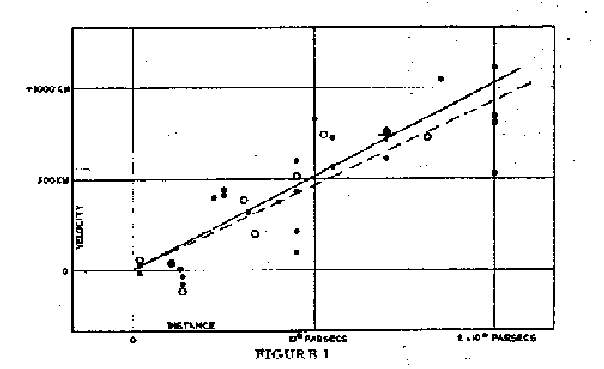
|
Statistical Astronomy I Dr M. Hendry, Room 312 Kelvin Building 10 lectures, starting 11th October 2000 |

Section 1: Mathematical Building Blocks
1.1: The theory of probability,
Probability as the relative frequency of outcomes. Law of Addition. Conditional
Probability. Law of multiplication
1.2: Statistical independence
1.3: Probability distributions.
Discrete random variables; Poisson distribution. Continuous random variables.
Cumulative distribution function.
Uniform and normal distributions
1.4: Expectation and other measures
of a distribution. Expected, or mean, value. Median. Mode. Variance. Skewness.
Kurtosis. Variance of a
function of random variable
1.5: Variable transformations
1.6: Probability integral transform
1.7: Multivariate distributions.
Joint PDF of two or more random variables. Marginal distributions. Conditional
distributions. Bayes' theorem
1.8: Statistical independence
revisited
1.9: The bivariate normal distribution
Section 2: Statistical Building Blocks
2.1: The sampling distribution
2.2: Parameter estimation. Definition
of a statistic. Estimators. Bias of an estimator. Risk of an estimator.
The sample mean. The law of large
numbers. The central limit theorem
2.3: The principle of maximum
likelihood. Likelihood functions. Maximum likelihood estimators
2.4: The principle of least squares.
Least squares fits to straight lines. Linear regression
2.5: Goodness of fit. The chi-squared
distribution
2.6: Fitting general models
Sec. 3: Hypothesis Tests
3.1: Simple hypothesis tests. Test
statistics. Null and alternative hypotheses. Critical regions
3.2: Incorrect decisions. Type
I and II errors. Power of a hypothesis test
3.3: Level of significance
3.4: Two-tailed tests
3.5: Goodness of fit for discrete
distributions. The binomial distribution
3.6: Are two distributions equal?.
The Kolmogorov-Smirnoff test
3.7: The student's t test
3.8: Testing the difference of
means
3.9: Testing the ratio of variances
3.10: Testing hypotheses on the correlation
coefficient
Section 4: Point and Interval Estimation
4.1: Defining confidence intervals
4.2: Interpreting confidence intervals
Martin Hendry,
October 2000
Lecture Notes
Example Sheets
| Examples 1 | Examples 2 | Examples 3 | Examples 4 | Examples 5 |
Model Answers
| Sheet 1: page 1 page 2 page 3 page 4 |
| Sheet 2: page 1 page 2 page 3 page 4 |
| Sheet 3: page 1 page 2 page 3 page 4 |
| Sheet 4: page 1 page 2 page 3 page 4 page 5 |
| Sheet 5: page 1 page 2 page 3 page 4 page 5 |
Handouts
| Proofs of Poisson PDF and approximate formula for the variance of a function (non-examinable) |
| Bivariate Normal Distribution: Examples of Isoprobability Contours |
| Exercises: mean and variance of random variables - page1 page2 page3 page4 |
| Exercises: transformations of random variables - page1 page2 |
| Properties of the sample mean |
| Standard error on the mean |
| Mean and variance of the binomial distribution: page1 page2 |
| Functions of two random variables |
| The Law of Large Numbers |
Please send any comments or questions on SA-I to Martin Hendry